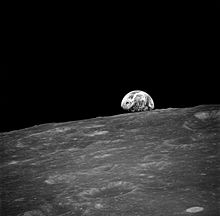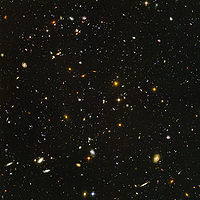 Vignetting is the effect in photography or in optics wherein the brightness on the periphery of the photo or the field of view is reduced to emphasize the center of the field. This usually creates an attractive effect on photos. However, vignetting occurs in telescopes which causes an unpleasant effect because the field of view becomes limited.
Vignetting is the effect in photography or in optics wherein the brightness on the periphery of the photo or the field of view is reduced to emphasize the center of the field. This usually creates an attractive effect on photos. However, vignetting occurs in telescopes which causes an unpleasant effect because the field of view becomes limited.
Vignetting in telescopes is an unintentional manufacturing error. The use of the objective lens as a device for gathering light is limited. The cause of vignetting can be mechanical. Mechanical vignetting occurs when the amount of light entering the telescope is slightly blocked by extra lenses, incorrect lens hoods, and thick filters.
 The factors that determines the severity of vignetting includes the measurements of the baffle, and the extent of tubular restriction. A tubular opening that is smaller than the size of baffle will cause vignetting in some extent. If vignetting becomes a problem, use a tube that is full-sized uniformly along the path of light. It is also advised to use a reflection reducing material, or the baffle to reduce vignetting.
The factors that determines the severity of vignetting includes the measurements of the baffle, and the extent of tubular restriction. A tubular opening that is smaller than the size of baffle will cause vignetting in some extent. If vignetting becomes a problem, use a tube that is full-sized uniformly along the path of light. It is also advised to use a reflection reducing material, or the baffle to reduce vignetting.
When processing photos that are vignette, there is software that can be used to treat the photo. The image can be simply zoomed in until the dimmed part of the photo is out of sight. However, this is only applicable to photos with clear objects. For fainter photos, more sophisticated software is used to tone down the defective areas and regulate the saturation of the sky.
